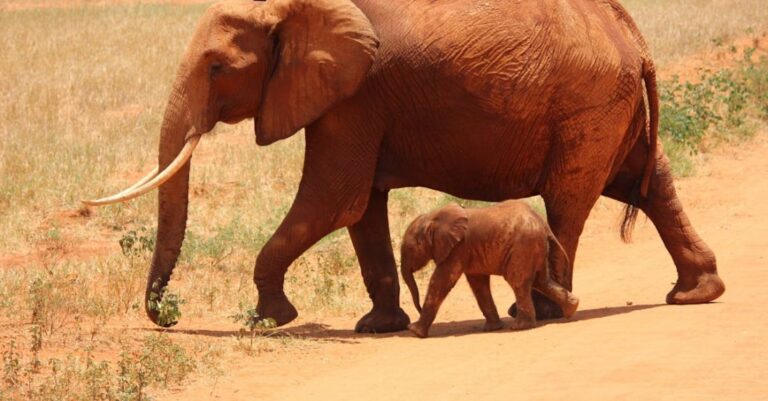
Islands are fascinating ecosystems that support a diverse range of flora and fauna, each with its unique characteristics and adaptations. The isolation of islands has led to the evolution of distinct species that have adapted to their specific environments. From the lush rainforests of tropical islands to the stark landscapes of volcanic islands, each island provides a habitat for a variety of wildlife. In this article, we will explore how different islands support unique fauna through their geographical features, climate, and isolation.
**Galapagos Islands: Evolutionary Marvels**
The Galapagos Islands, located off the coast of Ecuador, are renowned for their unique wildlife that inspired Charles Darwin’s theory of evolution. The isolated nature of the islands allowed species to evolve in isolation, leading to the development of distinct characteristics. For example, the Galapagos tortoises have evolved different shell shapes and sizes on different islands to adapt to the available food sources and environments. Similarly, the finches on the islands have varying beak shapes that are specialized for different types of food, showcasing the process of adaptive radiation.
**Hawaiian Islands: Biodiversity Hotspot**
The Hawaiian Islands are another example of islands that support unique fauna due to their isolation and diverse habitats. The islands are home to a wide range of endemic species that are found nowhere else on Earth. From the vibrant honeycreepers that have evolved into various species with striking plumage to the elusive Hawaiian monk seals that inhabit the pristine beaches, the Hawaiian Islands are a biodiversity hotspot. The varied climate and topography of the islands have created a multitude of microhabitats that support a rich array of flora and fauna.
**Madagascar: Island of Lemurs**
Madagascar, located off the coast of Africa, is a prime example of an island that supports unique fauna, particularly the lemurs. These primates are endemic to Madagascar and have evolved into a diverse range of species with different sizes, colors, and behaviors. The lemurs play a crucial role in the island’s ecosystem as seed dispersers and pollinators, contributing to the health of the unique flora found on the island. The lush rainforests of Madagascar provide a habitat for a variety of wildlife, including chameleons, fossas, and aye-ayes, making it a hotspot for biodiversity.
**New Zealand: Land of Flightless Birds**
New Zealand is known for its flightless birds, such as kiwis, kakapos, and takahe, which have evolved in the absence of land predators. The isolation of New Zealand allowed these birds to thrive without the threat of predation, leading to the loss of their ability to fly. The diverse ecosystems of New Zealand, including forests, grasslands, and wetlands, provide a habitat for a range of unique species that have adapted to the island’s environment. The conservation efforts in New Zealand aim to protect these endemic species and their habitats from threats such as invasive species and habitat loss.
**Conclusion: Islands of Diversity**
In conclusion, islands are unique ecosystems that support a diverse range of fauna through their geographical features, climate, and isolation. The isolation of islands has led to the evolution of distinct species that have adapted to their specific environments, resulting in a rich biodiversity that is found nowhere else on Earth. From the evolutionary marvels of the Galapagos Islands to the flightless birds of New Zealand, each island offers a glimpse into the wonders of nature and the resilience of its inhabitants. Exploring the unique fauna of different islands provides insight into the interconnectedness of species and the importance of conservation efforts to protect these fragile ecosystems.





